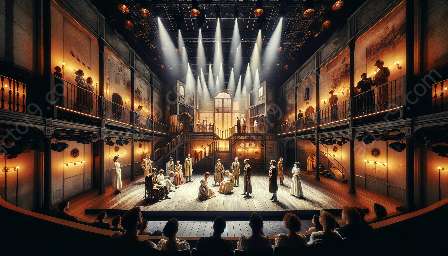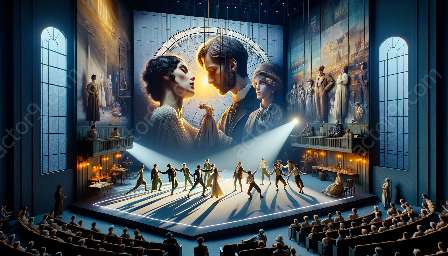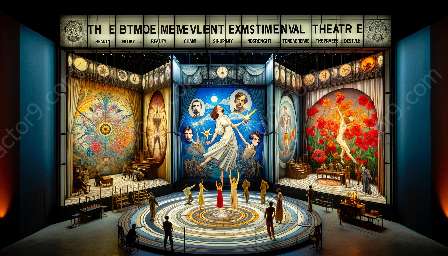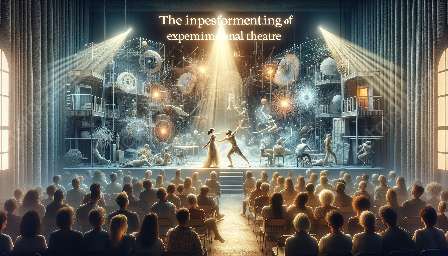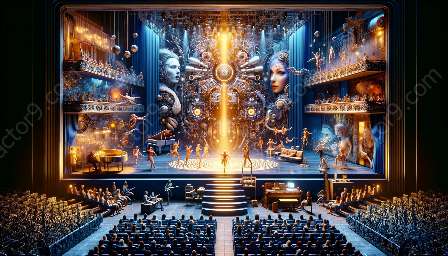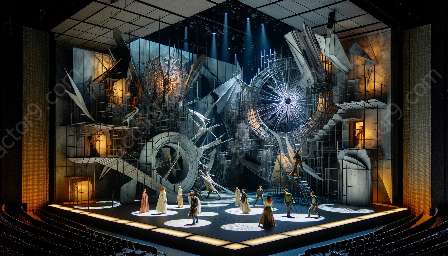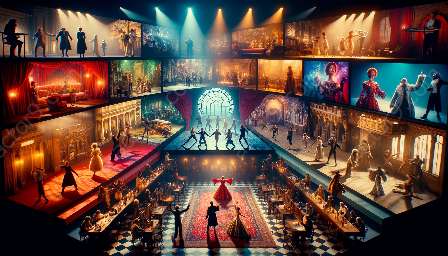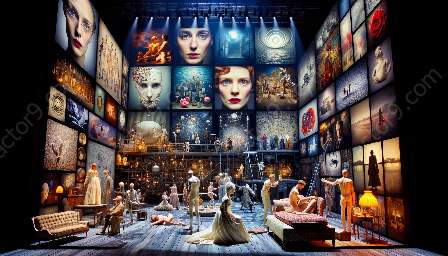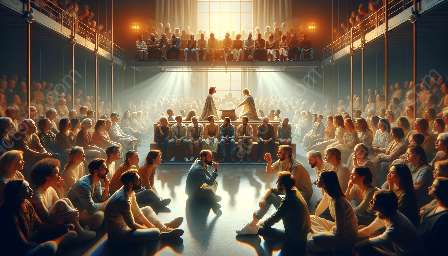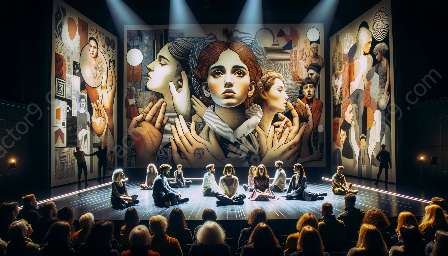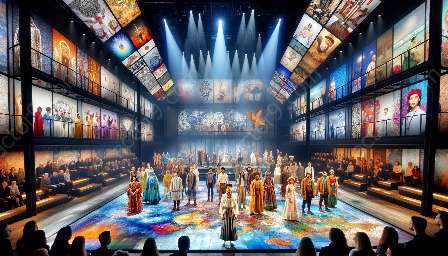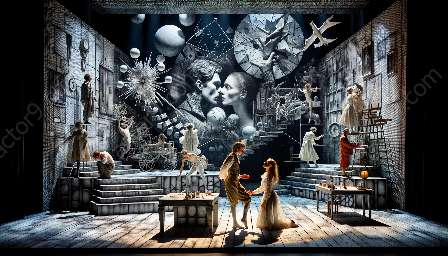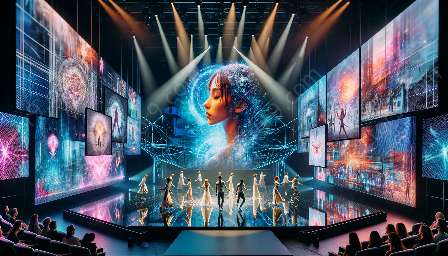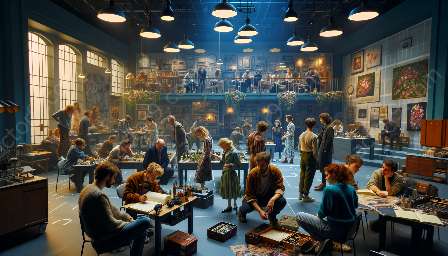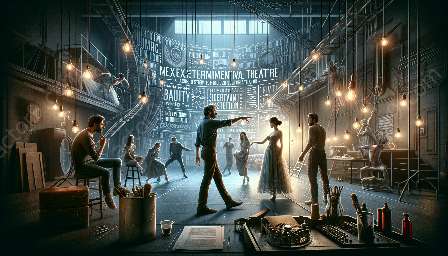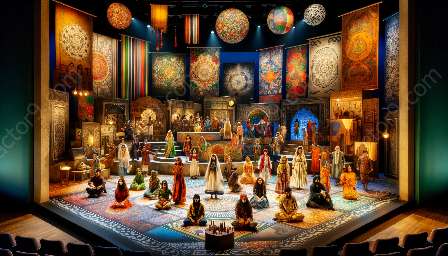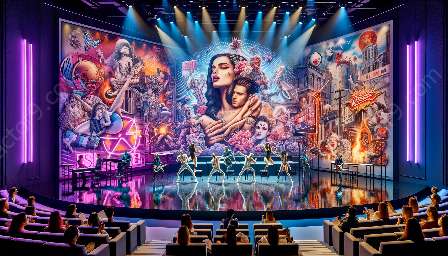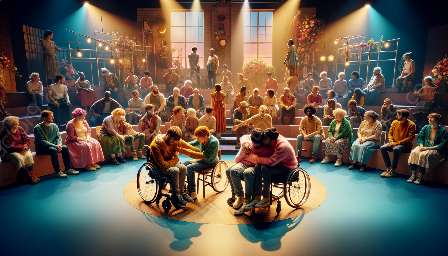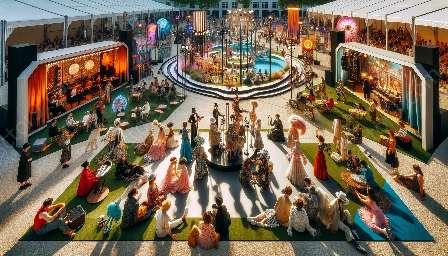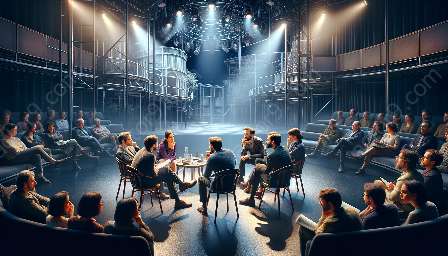When examining the differences between experimental theatre and traditional theatre, it becomes clear that each form possesses unique characteristics that set them apart. While traditional theatre adheres to established conventions and structures, experimental theatre pushes boundaries, often incorporating multimedia elements to create immersive experiences. Understanding the distinctions between the two can provide valuable insights into the diverse artistic landscape of theater.
Defining Experimental Theatre
Experimental theatre defies conventional norms, embracing innovative approaches to storytelling, staging, and performance. It thrives on originality, often challenging the audience's perceptions and expectations. One of the key features of experimental theatre is its willingness to take risks, breaking free from traditional scripts and narrative forms to explore unconventional themes and emotions. This form of theater encourages collaboration and experimentation, fostering an environment where artists can push the boundaries of creativity.
Exploring Traditional Theatre
Traditional theatre, on the other hand, is grounded in established methods of performance and storytelling. It relies on well-defined scripts, characters, and structures that have been honed over time. While traditional theatre can be deeply engaging and emotionally moving, it typically adheres to familiar narrative arcs and dramatic conventions. This form of theatre often prioritizes the clarity of storytelling and the development of characters within a predetermined framework.
Key Differences
One of the central distinctions between experimental theatre and traditional theatre lies in their respective approaches to artistic expression. Experimental theatre embraces a spirit of exploration and innovation, often blurring the lines between different art forms. The incorporation of multimedia elements, such as video projections, soundscapes, and interactive technologies, is a defining feature of experimental theatre, creating immersive and multisensory experiences for the audience. In contrast, traditional theatre tends to rely on the power of live performance and the traditional stage setup, prioritizing the direct interaction between actors and the audience within a defined physical space.
Another significant difference is the level of audience engagement and interpretation. Experimental theatre often challenges viewers to actively participate in the creation of meaning, inviting them to question their perceptions and engage in a more interactive relationship with the performance. Traditional theatre, while capable of evoking strong emotional responses, generally follows a more passive model of audience reception, allowing the narrative and characters to unfold without significant disruption or reinterpretation by the viewers.
Compatibility with Multimedia
Experimental theatre's affinity for multimedia integration makes it inherently compatible with the use of various technologies and visual elements. By incorporating multimedia components, such as video projections, interactive displays, and digital soundscapes, experimental theatre expands its artistic palette, creating dynamic and immersive experiences that transcend traditional theatrical boundaries. This compatibility with multimedia enables experimental theatre to embrace a multidimensional approach to storytelling, appealing to contemporary audiences who are accustomed to interconnected digital narratives and experiences.
Traditional theatre, while historically rooted in live performance and minimal technological intervention, has also evolved to incorporate multimedia elements in modern productions. However, the integration of multimedia in traditional theatre often serves as a complement to the live performance, enhancing visual and auditory aspects without fundamentally altering the core principles of traditional storytelling and staging. While multimedia can enhance traditional theatre, experimental theatre's intrinsic affinity for multimedia integration sets it apart as a form that actively seeks to redefine the boundaries of theatrical expression.
Impact on the Theater Landscape
The coexistence of experimental theatre and traditional theatre has contributed to a diverse and dynamic theater landscape, offering audiences a wide spectrum of theatrical experiences. Experimental theatre's boundary-pushing nature invites conversations about the evolving definition of theatrical artistry and the exploration of new modes of expression. Its impact extends beyond the stage, influencing the broader cultural discourse and challenging traditional notions of performance and storytelling.
Traditional theatre, with its rich history and time-honored traditions, continues to resonate with audiences seeking the comfort of familiar narratives and well-crafted performances. Its enduring presence serves as a testament to the enduring power of theatrical storytelling and the timeless appeal of live performance.
Conclusion
While experimental theatre and traditional theatre manifest distinct approaches to artistic expression and engagement, they both play indispensable roles in shaping the theatrical landscape. Their differences and compatibilities enrich the multifaceted world of theater, offering diverse avenues for creative exploration and audience experiences. Whether embracing the avant-garde nuances of experimental theatre or cherishing the enduring allure of traditional storytelling, both forms contribute to the vibrant tapestry of the performing arts, ensuring that theater remains a realm of boundless creativity and cultural significance.

